Top speed 472 km/h Length 18 m First flight August 22, 1974 Number of seats 30 | Wingspan 23 m Engine type Turboprop | |
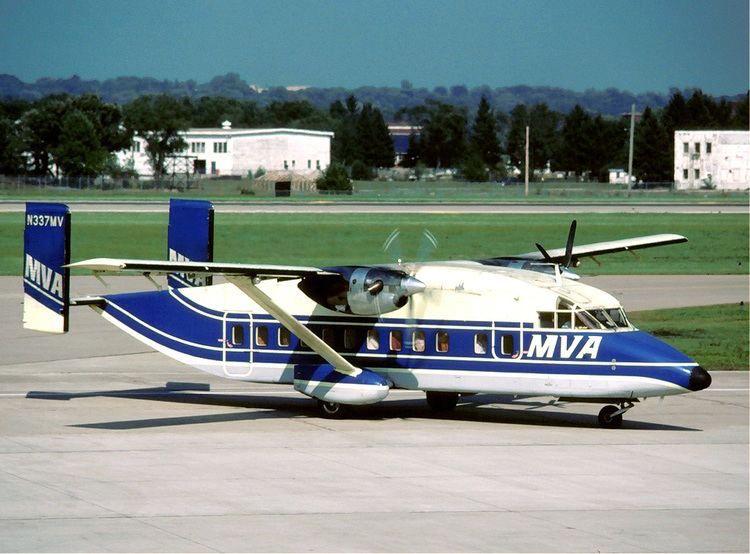 | ||
Short 330 at ulster aviation society hanger
The Short 330 (also SD3-30) is a small transport aircraft produced by Short Brothers. It seats up to 30 people and was relatively inexpensive and had low maintenance costs at the time of its introduction in 1976. The 330 was based on the SC.7 Skyvan.
Contents
- Short 330 at ulster aviation society hanger
- Development
- Operational history
- Variants
- Civilian operators
- Military Operators
- Former Military Operators
- Accidents and incidents
- Specifications 330 200
- References
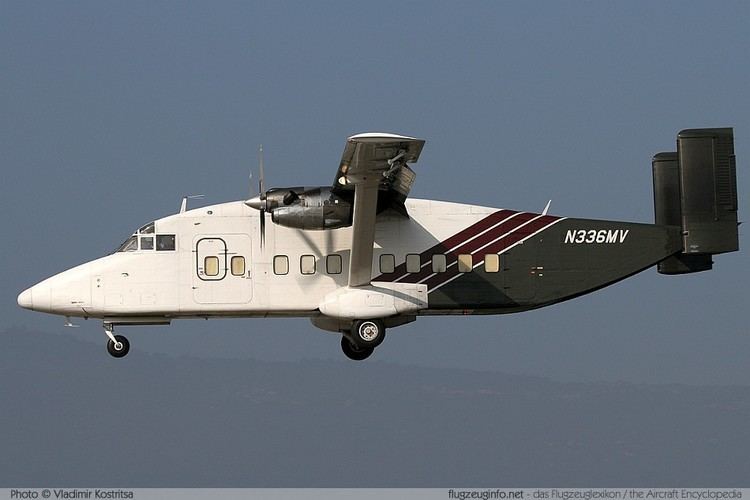
Development
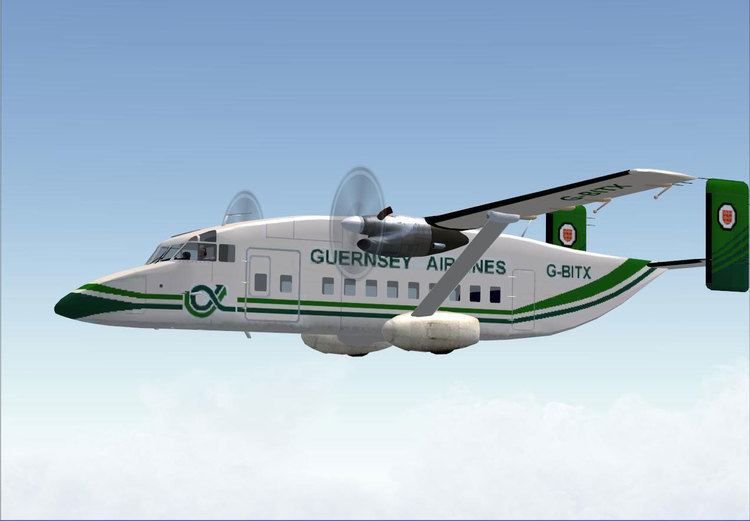
The Short 330 was developed by Short Brothers of Belfast from Short's earlier Short Skyvan STOL utility transport. The 330 had a longer wingspan and fuselage than the Skyvan, while retaining the Skyvan's square-shaped fuselage cross section, allowing it to carry up to 30 passengers while retaining good short field characteristics. The first prototype of the 330 flew on 22 August 1974.
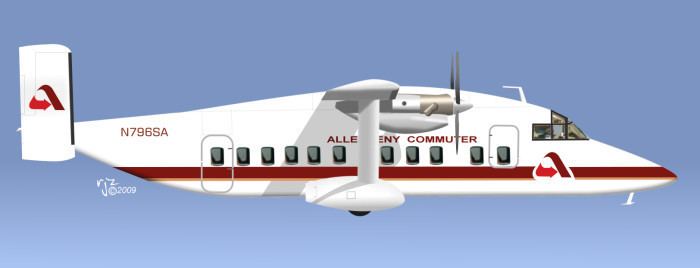
The Short 330 is unusual in having all of its fuel contained in tanks located directly above the ceiling of the passenger cabin. There are two separate cockpit doors for pilot and co-pilot for access from inside the cabin.
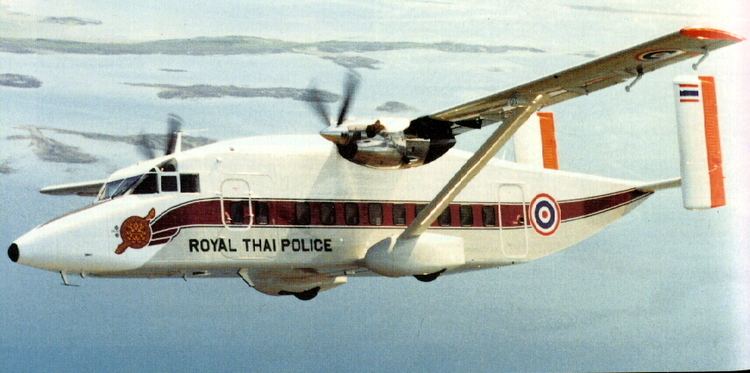
While Short concentrated on producing airliners, the design also spawned two freight versions. The first of these, the Short 330-UTT (standing for Utility Tactical Transport), was a military transport version fitted with a strengthened cabin floor and paratroop doors, which was sold in small numbers, primarily to Thailand, which purchased four. The Short Sherpa was a freighter fitted with a full-width rear cargo door/ramp. This version first flew on 23 December 1982, with the first order, for 18 aircraft, being placed by the United States Air Force (USAF) in March 1983, for the European Distribution System Aircraft (EDSA) role, to fly spare parts between USAF bases within Europe.
Operational history

The basic Short 330 was a passenger aircraft intended as a short-range regional and commuter airliner, and had been designed to take advantage of US regulations which allowed commuter airlines to use aircraft carrying up to 30 passengers, thereby replacing smaller types such as the Beechcraft Model 99 and the de Havilland Canada DHC-6 Twin Otter. The Short 330 entered service with Time Air (a Canadian airline) in 1976. Despite its somewhat portly looks (one regional airline affectionately dubbed it the "Shed" ), it soon proved to be an inexpensive and reliable 30-seat airliner.
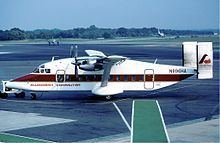
The 330 was somewhat slower than most of its pressurised competition, but it built up a reputation as a comfortable, quiet and rugged airliner. The quiet running of the Pratt & Whitney PT6A-45R was largely due to an efficient reduction gearbox. The cabin was the result of a collaboration with Boeing engineers who modelled the interior space, fittings and decor after larger airliners. The use of a sturdy structure complete with the traditional Short braced-wing-and-boxy-fuselage configuration also led to an ease of maintenance and serviceability.
Production ended in 1992 with a total of approximately 136 being built (including freighter and military versions). As of 1998, approximately 35 were still in service. The 330's design was refined and heavily modified, resulting in the Short 360.
Variants
Civilian operators
A total of 24 Short 330 aircraft (all variants) were in airline service as of August 2008, with Air Cargo Carriers (13), Corporate Air (3), Arctic Circle Air Service (2), Deraya Air Taxi (2), Mountain Air Cargo (2), Freedom Air (1), and McNeely Charter Service (1). As of July 2011 the number in commercial service had decreased to 15 with the same seven operators; Air Cargo Carriers operating seven and the remaining eight aircraft in service with the other six.
Military Operators
Former Military Operators
Accidents and incidents
As of December 2015 the aircraft type have suffered two fatal accidents in civilian use:
In addition to these two accidents there have been at least 16 hull-loss occurrences, i.e. non fatal accidents where the plane have been damaged beyond repair.
Specifications (330-200)
Data from Jane's All the World's Aircraft, 1988-1989
General characteristics
Performance
